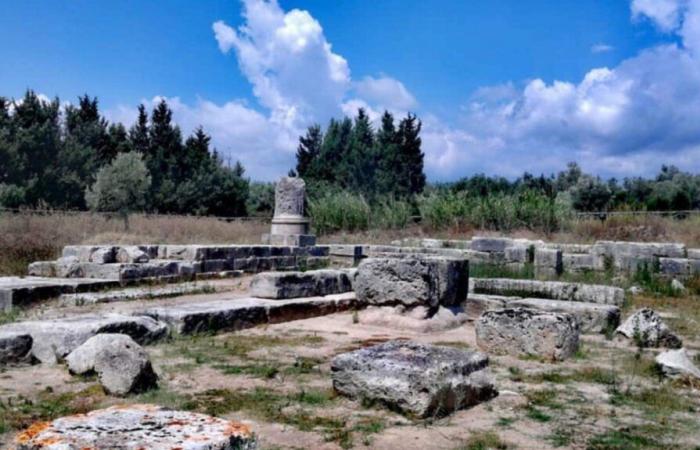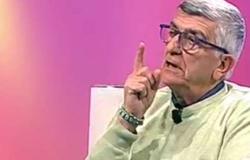“A new vision of the future” was the leitmotif of the presentation event of the first batch of the executive project of retraining of what will be the new Locri Epizefiri National Archaeological Park which is thus embarking on a substantial change in infrastructural terms to respond to the renewed needs of accessibility and use by visitors.
All the details of the redevelopment project were illustrated during the initiative entitled “The Locri Epizefiri National Archaeological Park. For a new vision of the future” which was held yesterday in the Archaeological Museum. Purpose of the initiative, desired and chaired by responsible for the regional management Museums Calabria Filippo Demma who is also the scientific manager of the intervention, was to give back to the community the work carried out so far by the design group to share strategies and objectives by illustrating the details of the design solutions and the phases of the imminent construction site to create, at the same time, a “bridge” which would allow a dialogue between local administrations and associations (invited and present at the debate) and technicians, offering ideas and sharing impressions, to make the relationship between the Park and its community even stronger.
The intervention represents a first batch of works which will involve the access area to the Park and the archaeological excavations of the Marasà and Parapezza districts, intervening on the most iconic place of Locri Epizefiri: the Temple of Marasà. In detail, the executive project was drawn up by an interdisciplinary team that involved professionals, both internal and external to the Ministry of Culture, with heterogeneous skills. Supporting Director Demma and Director Trunfio – scientific director and project manager respectively – were the professors Diego Elia and Valeria Meirano of the Department of Historical Studies of the University of Turin, for archaeological consultancy, and the architect Michelangelo Pugliese, specialist in landscape design, for executive planning and construction management.
«The project – clarified the architect Michelangelo Pugliese – interprets the needs and requirements of a wide possible range of users, guaranteeing accessibility to anyone who has the desire to live and enjoy the park completely and easily. The aim is to welcome an ever-increasing number of recipients with a high quality of service, managing to best convey or evoke a place, its spirit, its offering, its driving ideas, its guidelines or its history”.
«We have mentioned this intervention several times in recent months – explained the Director of the Locri Epizefiri Park Elena Trunfio – but, for us, it was essential to share in detail the strategy that guided the drafting of the executive project, the strong points and innovative features, as well as informing the entire community on the subsequent work phases. The Park will substantially change its face, to become a more comfortable place accessible, inclusive and welcoming – concluded the Director. It is a challenge that we have taken up with professionalism and dedication and we are certain that this will constitute an important step forward for Locri Epizefiri in terms of quality of services and visit experience”.
«The future of the archaeological park – commented Director Demma – is governed by a strategic vision that we have built with the aim of eliminating the linguistic discontinuities and fragmentation of the Park to recover the urban dimension of the city of Locri Epizefiri and offer a visit experience that can make the visitor immediately perceive the spaces of the city, its buildings, its different functions. The strategic vision was built with the community involvement but also of experts and specialists: in addition to the ordinary funds of the Ministry of Culture, committed in the first two lots, those of the PNRR are added to improve accessibility and energy efficiency of places of culture, currently in the executive planning phase. We have drawn up a series of valorization agreements to build interdisciplinary working groups. An example is the valorization agreement with the University of Turin which supports us in the archaeological field and which took an active part in the drafting of the project, or the valorization agreement made together with the orders of architects and agronomists and forestry personnel in the province of Reggio Calabria who will support us in areas related to public greenery and landscape. Construction will start in September to end in July 2025. Among other things, the diffused and punctual lighting will enhance the archaeological area making it usable even in the evening hours. The temple area will be equipped for events and demonstrations and the entire intervention area will be equipped with visit infrastructure such as shaded areas, benches, comfortable rest areas to make the visit more pleasant and convenient”.
(Photo @archeologia_italiana)






